What is the possible way to treat earache?
What is the treatment for an earache?
One of the problems with earaches is that treatment generally depends on the cause. At first, you can try some home remedies to relieve your earache. For example, taking over-the-counter pain relievers may help. Some people also find relief by placing a hot or cold compress on their ear. What are the symptoms of an earache? Keep in mind that an earache can be a sign of an infection or another serious problem. If your earache lasts more than two or three days or gets worse, talk to a doctor right away.
Earache Treatment Methods (Quick Earache Treatment)
There are many immediate treatments for earache. For example, taking some painkillers and drops, or using an ice compress and even using the heat of a hair dryer, using home remedies such as onions, all can relieve your earache in a short time.
Below we have brought you the different methods with comprehensive explanations.
1. Drug treatments for earache
Your doctor may recommend the use of acetaminophen, ibuprofen, or ear drops containing homeopathic ingredients to relieve your earache. Anesthetic drops may be effective and can be used to relieve pain if there is no perforation or rupture of the eardrum. Be sure to use the medications as directed by your doctor.
Alcohol-based ear drops can help evaporate the water that has accumulated in the ear canal.
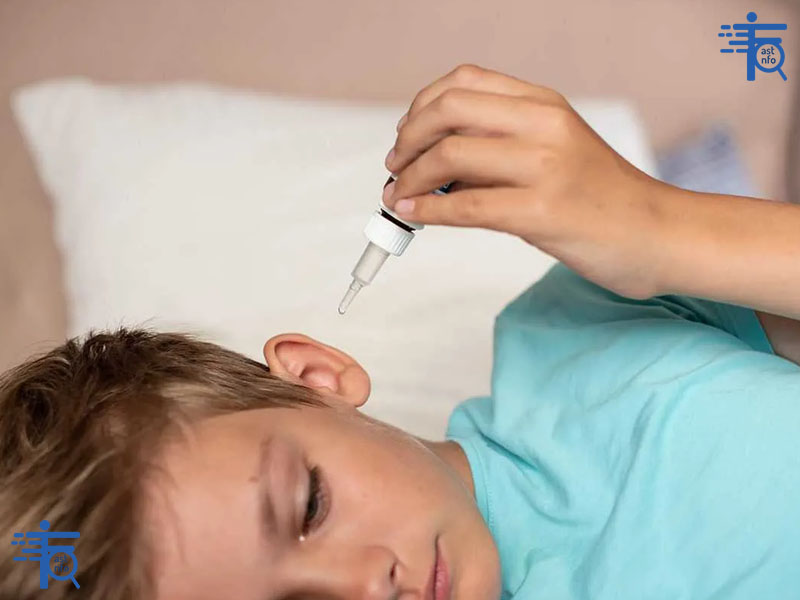
2. Earwax
The ear canal is lined with hair follicles and glands that produce a waxy oil called cerumen. Sometimes the glands produce more wax than can be easily removed from the ear. This excess wax can harden inside the ear canal and block the ear. Some of the symptoms of this common condition include:
- Earache
- A feeling of fullness or a blocked ear
- A ringing in the ears
- A slight hearing loss that may get worse.
Most cases of earwax blockage can be treated at home. You can use medications like baby oil and even ear drops and glycerin to help soften the wax in the ear. But in some cases, you need to see a professional to have your earwax removed.
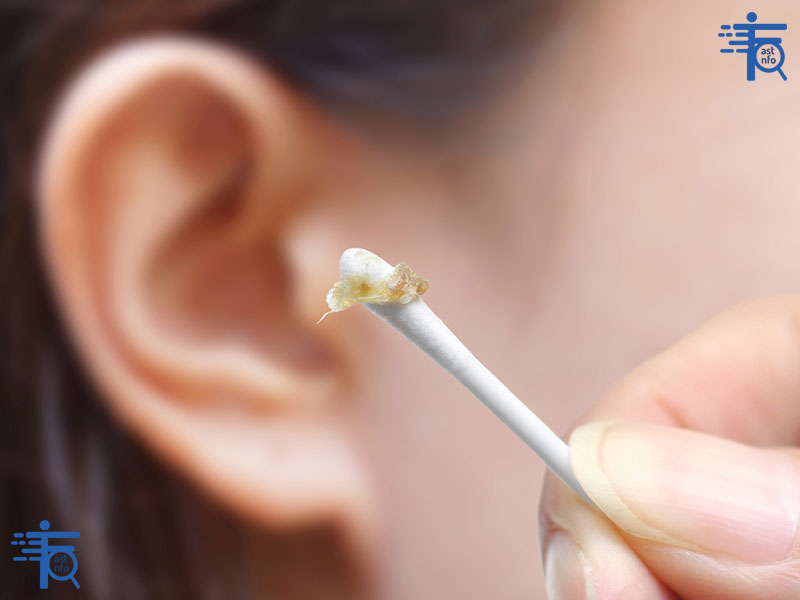
3. Ice Pack
You can treat earache caused by an acute ear infection at home by using a cold compress. Holding an ice pack or a cold, damp cloth on the ear for 20 minutes may help numb the ear and reduce inflammation and possible pain.
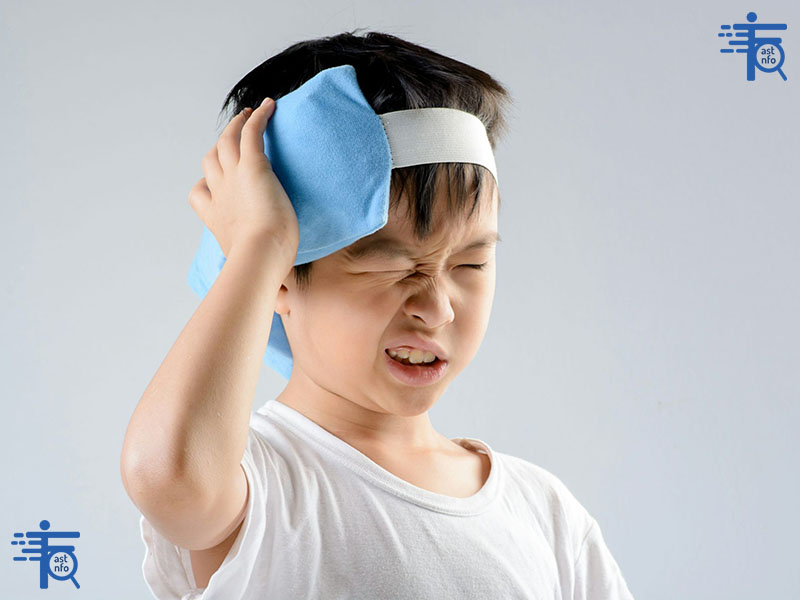
4. Treat earache with a hair dryer
Drying the ear with a hair dryer can help reduce any remaining moisture in the ear. Place the hair dryer on a low heat setting near the affected ear. Wait about 5 minutes, but be careful not to burn your ear. If the earache persists for more than 24 to 48 hours, you should consult a doctor.

5. Change your sleeping position
Sleeping in a sitting position can help drain fluid from the ear more easily and also reduce pressure and pain in the middle ear, which is a possible source of infection.
Try propping yourself up on a pillow or, better yet, sleeping in a comfortable chair or sofa.
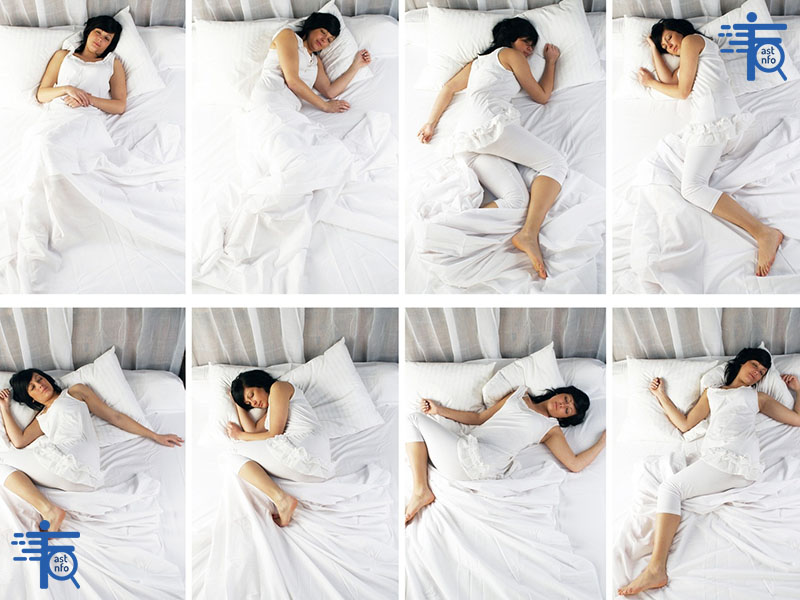
6. Warm compress
The heat relaxes the muscles around the ear canal and allows fluid to drain better. A warm compress can help relieve earache. Simply soak a washcloth in warm water, squeeze out the excess water, and then hold it over your ear for 20 minutes. If you feel the compress has helped relieve your pain, repeat the process throughout the day.
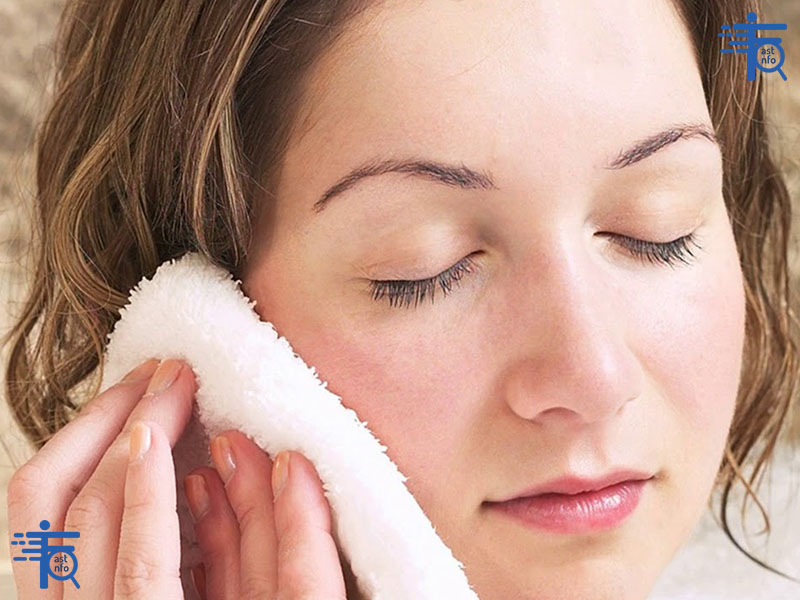
7. Hydrate
Increasing your water intake is one of the most important things you can do to help your body clear up an infection. Drinking plenty of water will help flush bacteria and viruses from your body.

8. Rest
When it comes to treating an ear infection and earache at home, rest is the best thing to do. Although it may seem strange, resting or sleeping in a sitting position instead of lying down can help drain the fluid in your ear. This can reduce pressure and pain in the middle ear.

9. Avoid allergens and stimulants
Stimulants are a catch-all term that includes many medications, including those that increase the activity of the central nervous system and body, drugs that are stimulants, or drugs that have sympathomimetic effects. Sprays, shampoos, and hair dyes can enter the ear canal and irritate the tissues. Therefore, you should be careful when using them.
10. Treat an earache with rose water
Rose is an antibacterial agent. Because of this, it fights bacteria that can lead to infection. Massaging the ear with rose water helps relieve pain and improve ear function.

11. Treating Earaches with Honey
Honey has antibacterial and healing properties. So you can use it to relieve earaches. Warm some honey and put three to four drops in the affected ear. Be careful not to let the honey get too hot, as you don’t want to burn your ear! Repeat this three to four times a day.
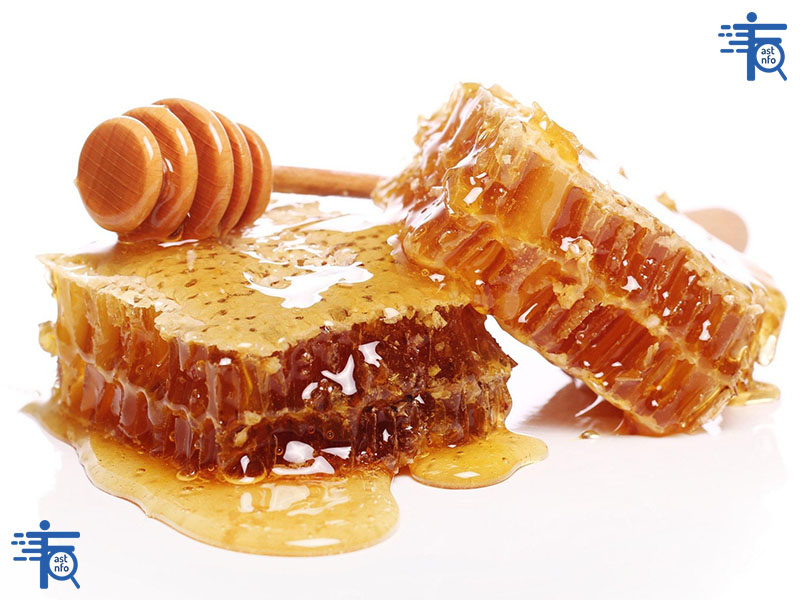
12. Treating Earaches with Salt
Heat a cup of salt over low heat for just a few minutes. Place the warm salt in a clean, soft cloth. Secure the ends of the cloth with an elastic band. Lie down and place the cloth over your ear for about ten minutes.
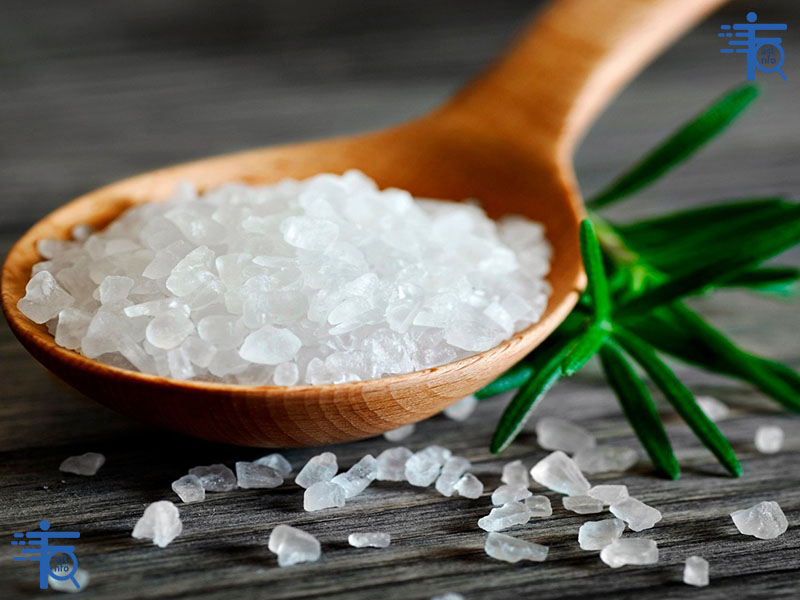
13. Treating Earaches with Onions
Chop half an onion and gently heat it in some olive oil. When the onion is soft, let it cool before pouring it into a cotton cloth. Fold the cloth so that the onion doesn’t spill out and place the compress over the ear to let the warm onion juice drip into the ear. Leave it for 10 to 15 minutes. Repeat this every three to four hours.

14. Home Remedies for Earaches with Garlic
Garlic is a natural remedy for earaches that has been used for thousands of years. Allicin is a compound in garlic that fights bacterial infections that may be causing earaches. Eating raw garlic can help reduce earaches. Since garlic may interact with antibiotics, you should consult your doctor before taking it.
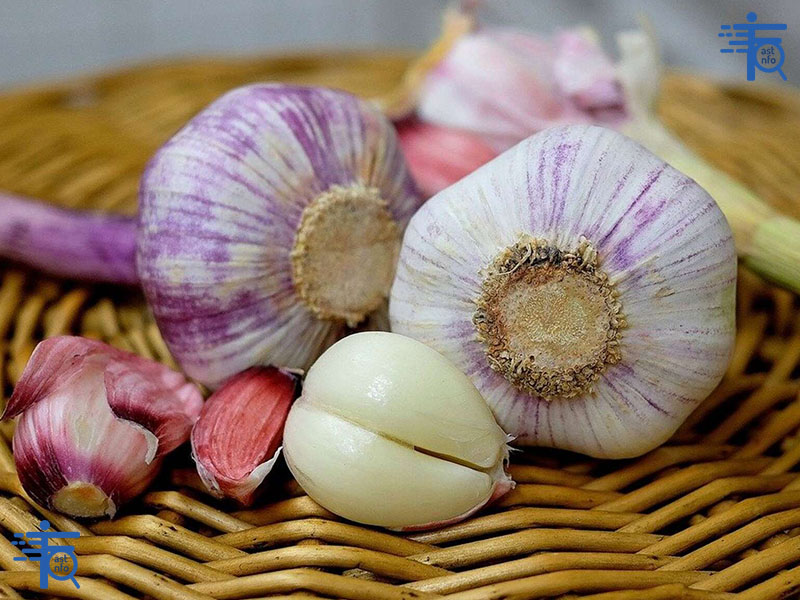
15. Treat Earaches with Olive Oil
Some natural oils may be effective in treating earaches due to their antimicrobial properties. One such oil is olive oil. Olive oil is a great home remedy for earache pain. Warm a teaspoon of olive oil, making sure it is not too hot. Then, using a medicine dropper, place three to four drops of the warmed oil into your ear. Repeat this three to four times a day. You can also soak a small piece of cotton wool in olive oil and place the cotton wool in your ear.
Always warm the oils to around body temperature. You can test the temperature of the oil by pouring a little on your wrist. Be very careful about heating the oil, as it can cause serious damage to the inner ear if it is too hot. The best way to warm the oils is to pour some into a dropper bottle and let the dropper bottle sit in a container with about 1 inch of warm water until it warms up.

fastinfosearch site provides the best information
Suggested content:





No comment